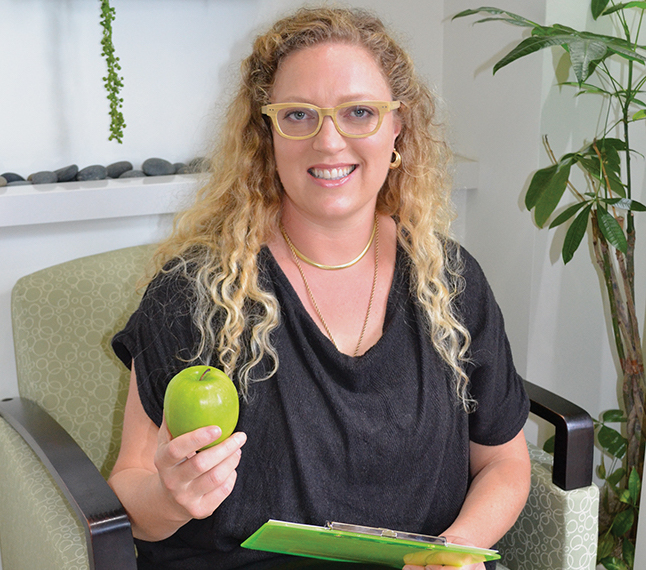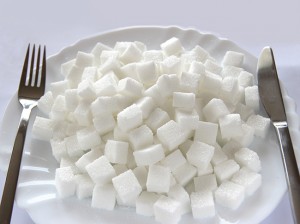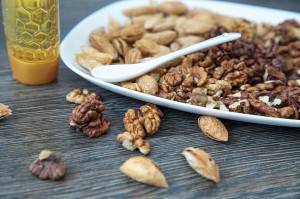The consensus is conclusive among doctors and nutritionists as well as nationally respected health-care websites, including MayoClinic.org and WebMD.com: our Western diet of processed foods and loads of sugar is killing us.
Consider:
• Two out of three Americans are either obese (36%) or overweight (34%), according to the U.S. Centers for Disease Control and Prevention.
• A high sugar diet and resulting excessive weight is a major contributor to diseases including but not limited to heart disease, Type 2 diabetes, certain kinds of cancer, stroke, joint replacement surgery, tooth decay and depression. Recent research has even linked Alzheimer’s disease to the effects of sugar and insulin production in the brain.
• Breaking a sugar habit isn’t easy. Many health-care practitioners rate it as difficult to break as a drug addiction. It just doesn’t get as much condemnation because it is a legal addiction.
• The average American consumes 19 teaspoons (285 calories) or more of sugar a day. But the American Heart Association advises that consumption be limited to no more than six teaspoons daily for women, or nine for men. And sugar is tricky; it hides in everything from ketchup to pasta sauce.
Understanding how different types of food affect your metabolism is a good first step to breaking a sugar addiction.
Lauren Mathewson, a naturopathic doctor at Peak Health Group in Coronado, often sees patients who claim they eat well, count calories, and exercise regularly. But she cautions that not all calories are created equal.
Mathewson explained that foods are processed at different rates. Proteins and carbohydrates have the lowest at four calories per gram, while fats have nine calories per gram. But eating a low-fat diet is not the fastest and easiest way to lose weight, she advises. “The American public has been trying out the low-fat diet for the last 40 years” Mathewson said. “And yet obesity rates in adults and children are the highest they have ever been.”
Instead, she advises we think about digestion and metabolism as a fire, and the food we eat as the fuel for the fire. Protein and fats are the big thick logs that burn slow and steady for hours, i.e., they lift your blood sugar and hold steady for a few hours after you eat. Complex carbohydrates (whole grains, brown rice, wild rice, quinoa, sweet potato, black beans) are like the kindling on the fire: they burn a little hotter and for a shorter amount of time, raising your blood sugar a little more than protein does. Complex carbs give you some energy, although it’s not as long lasting as proteins and fats.
But beware: Simple carbohydrates (bagels, cereal, chips, bread, pasta) and sugars (honey, corn syrup, agave, maple syrup, table sugar) are like dousing your fire with gasoline: they burn super hot and bright for a short period of time and then the fuel is gone.
Insulin is the molecule released from your pancreas that facilitates moving sugars from your blood stream into your cells where they are needed. After a meal heavy in simple carbs, your blood sugar rapidly elevates, triggering a surge of insulin to move the excess sugar from your blood into your cells where it is stored in the form of fat for your body to use as energy later. The problem is that most people never access those fat stores for energy, and they just keep accumulating belly bulge.
Also, in its haste to store the extra sugar calories floating around in your blood, your body can move too much sugar out of the blood stream into your fat cells. Now you have a calorie deficit, which is why you feel hungry a short time after eating a bunch of carbs. Researchers who study weight gain speculate that this hunger mechanism causes people with high carbohydrate diets to eat as much as 300 calories more per day than people who have stable blood sugar. Over the course of a year, 300 extra calories a day translates into a weight gain of 30 pounds!
You don’t need to eliminate all carbohydrates. Mathewson advises her patients to focus on slow burning, complex carbohydrates such as whole grains, beans and starchy vegetables “Additionally, I have them eat their carbs at breakfast and lunch, so they can use this additional fuel during the day while they are active,” she said. She also recommends they include protein at each meal and have a protein-based snack every three hours. “This keeps their blood sugar steady and keeps them feeling full,” she said. “I ask my meat-eating patients to focus on wild caught fish, free-range organic poultry, and grass-fed beef and lamb. My vegetarian and vegan patients are happy eating beans, nuts and seeds, rice or pea-based protein powders, and limited amounts of soy products for their protein needs.”




